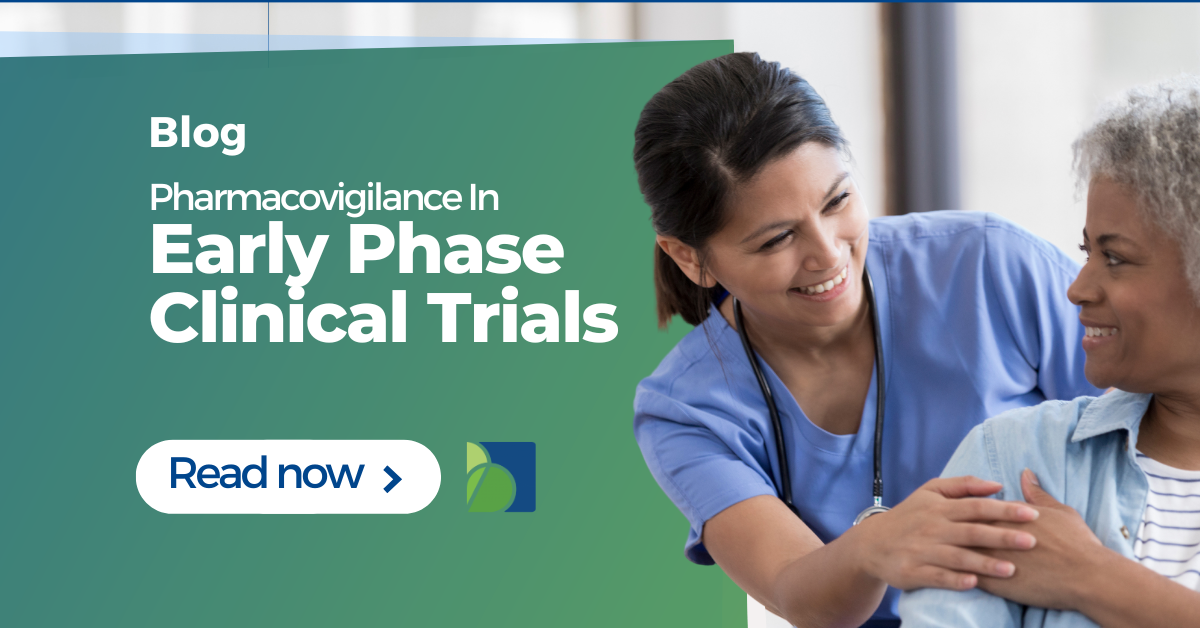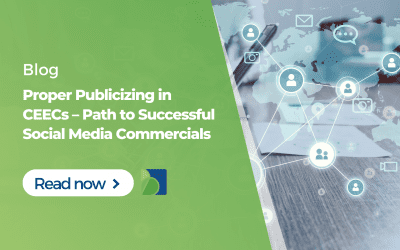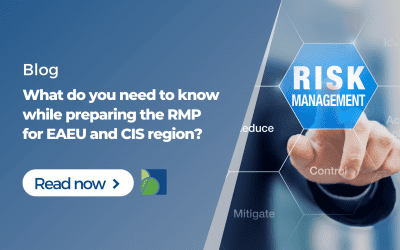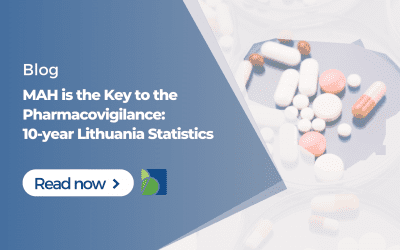Welcome to the fascinating yet complex world of Pharmacovigilance (PV)! This field stands as an indispensable pillar in drug safety, ensuring the well-being of millions around the globe. However, the path is far from smooth; it’s full of unique challenges and critical responsibilities, especially in the context of early-phase clinical trials.
The Complexity of Identifying and Minimizing Risks
Risks are inherent in any medical endeavor, more so in drug safety. Understanding these risks, identifying them at the earliest stages, and finding ways to minimize them form the crux of PV. So, let’s dive in and explore this intricacy, shall we? Why New Adverse Events (AEs) Keep Getting Added
Adverse Events (AEs) are unexpected medical occurrences that happen post-treatment. Even years after a product has been licensed and used to treat millions of people, new AEs continue to be added to the list. This is due to our ever-evolving understanding of the product, which is influenced by numerous factors like long-term effects, interaction with other treatments, and the patient’s genetic makeup.
The Importance of Characterizing the Safety of an Investigational Medicinal Product (IMP)
Safety characterization of an IMP is critical during early phase ‘safety’ studies. It provides a comprehensive understanding of the IMP, setting the stage for its future use. We inch closer to ensuring safer treatments with every new insight about the IMP.
The Importance of Getting It Right in Early Phase ‘Safety’ Studies
What happens when we don’t adequately characterize the safety of an IMP during the early phase studies?
Limited Data and Patient Numbers: The Challenge
Researchers work with limited data and patient numbers in the early phase studies. This often poses significant challenges in extrapolating results and establishing safety profiles, leading to potential missteps and missed risks.
The Repercussions of Poor Safety Characterization
Poor safety characterization of an IMP can have knock-on effects, jeopardizing future clinical trials, delaying necessary treatments, and ultimately impacting patient health and trust.
Major Challenges of PV in Early-Phase Clinical Trials
The journey of implementing PV in early-phase clinical trials is akin to navigating a labyrinth. Many challenges surface, including evolving definitions of AEs, detection and management of unexpected risks, and compliance with stringent regulatory frameworks.
The Role of Regulatory Bodies
Regulatory bodies like the FDA and EMA aren’t there just for formality. They ensure the balance of drug innovation and public safety. Aligning with their regulations and guidelines is crucial in executing PV in clinical trials, and doing so is not just a checkbox exercise – it’s a commitment to patient safety.
Overcoming PV Challenges in Early-Phase Clinical Trials
Overcoming these challenges requires a robust PV system, experienced professionals, and an unwavering commitment to patient safety. Advanced technologies, proper planning, and predictive models can also significantly aid this endeavor.
The Importance of PV in Early Clinical Trials: Beyond Regulatory Compliance
PV in early-phase clinical trials is not merely about ticking off regulatory requirements. It’s a proactive approach to identifying and managing potential risks, ensuring patient safety, and contributing to the overall success of clinical trials.
PV in Oncology: A Special Focus
When it comes to oncology, PV becomes even more essential. Patients with cancer often have multiple complex and confounding comorbidities and treatments. Accurately identifying and managing AEs in this context can be particularly challenging. However, successful PV implementation in oncology trials can significantly improve patient outcomes and accelerate the development of new cancer treatments.
Why PV Applies to Early-Phase Clinical Trials
Implementing PV in early-phase clinical trials sets the foundation for later phases. It helps create a reliable safety profile of the IMP, which informs subsequent trial designs and ultimately contributes to efficient drug development.
The Ideal Audience: Who Should Focus on PV in Early-Phase Clinical Trials
The insights discussed here are not just for seasoned professionals. They’re for anyone starting their drug safety career in clinical trials or those with post-marketing experience looking for a change in focus. Understanding how PV applies to early-phase clinical trials can significantly benefit their career journey.
Although challenging, PV in early-phase clinical trials is pivotal in ensuring drug safety and efficacy. Whether you’re new to the field or looking to deepen your understanding, remember this: Every challenge faced and overcome in this phase is a step towards a safer, healthier world. So let’s continue our exploration, brave the challenges, and create a robust PV system.












